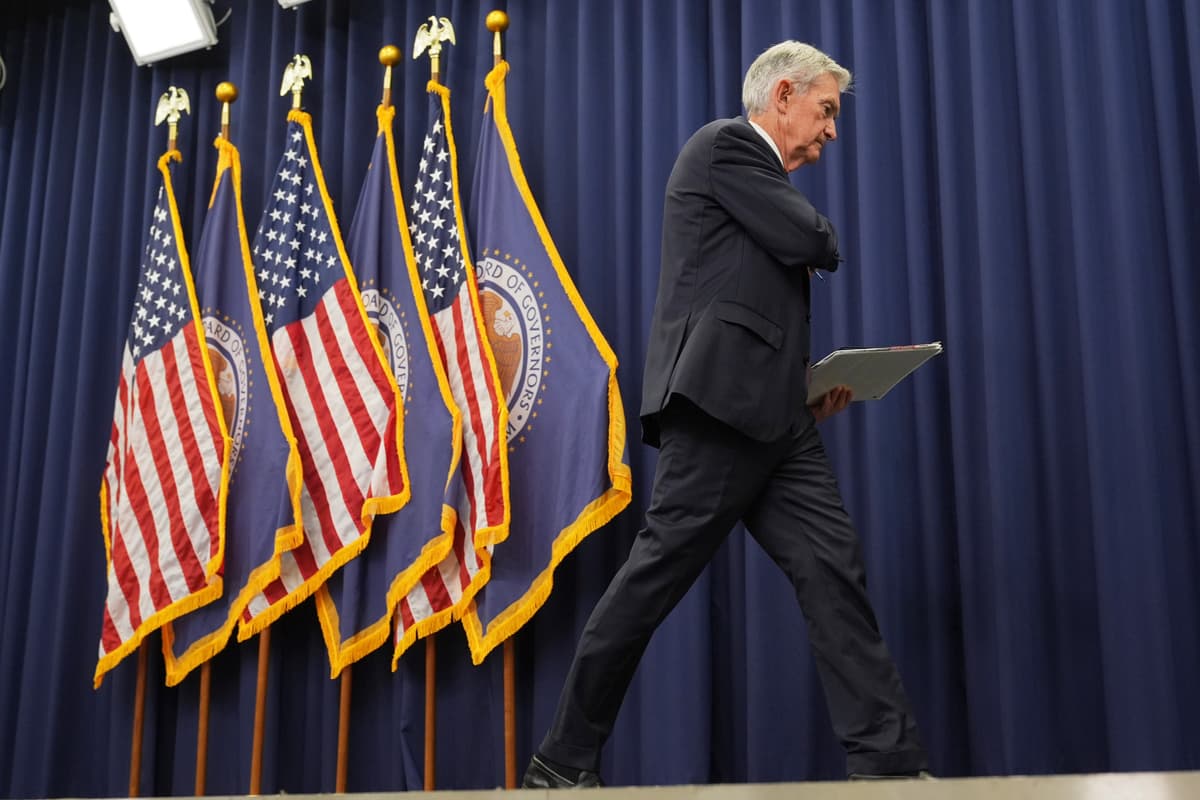URGENT UPDATE: Tensions within the Federal Reserve are rising as officials publicly clash over the path for monetary policy, throwing the anticipated December rate cut into uncertainty. Just days after a 10-2 vote to lower borrowing costs by 0.25%, markets are now pricing in only a 65% chance of a cut, a steep drop from over 90% following Jerome Powell’s remarks.
At last week’s Federal Open Market Committee meeting, the dissenting votes highlighted a rare divide. Newly appointed Fed Governor Stephen Miran pushed for a more aggressive 0.50% reduction while Kansas City Fed President Jeffrey Schmid opposed any cut. Powell acknowledged the split, stating that the December decision is “far from a foregone conclusion.”
The backdrop of this internal conflict is the ongoing government shutdown, which has halted the release of critical economic data. This uncertainty complicates the Fed’s decision-making process as members grapple with balancing a weakening labor market against persistent inflation.
In a recent interview with Yahoo Finance, Miran expressed concerns over current policy levels, stating, “I think policy is too restrictive… continuing to run policy that restrictive is to run unnecessary risks.” His sentiments come after a private payroll report indicated that American companies added 42,000 jobs in October, slightly exceeding expectations.
However, a number of officials are adopting a more cautious stance. Dallas Fed President Lorie Logan, Cleveland Fed President Beth Hammack, and Atlanta Fed President Raphael Bostic have voiced discomfort with further easing, especially given elevated inflation levels. Chicago Fed President Austan Goolsbee voiced his anxiety about inflation, saying he was “nervous” about the inflation side of the ledger, which has remained above the target for over four years.
Adding to the complexity, Fed Governor Lisa Cook described the current economic environment as one where the Fed’s dual mandate of maximum employment and stable prices are “in tension.” Speaking at the Brookings Institution, she warned that maintaining high rates could lead to a sharp labor market deterioration. Yet, she also cautioned against lowering rates too much, which could destabilize inflation expectations.
San Francisco Fed President Mary Daly recognized the recent rate cut as a form of “insurance” against labor market weaknesses. She emphasized the need to balance the risks of inflation against job losses, stating, “It would be an unfortunate outcome… if we get inflation to 2% at the cost of millions of jobs.”
With the December meeting rapidly approaching, all eyes are on how the Fed will navigate this turbulent landscape. Investors and analysts are anxiously awaiting further developments as the schism among Fed officials unfolds.
Stay tuned for updates as this situation evolves, with the potential for significant implications on the economy and markets.







